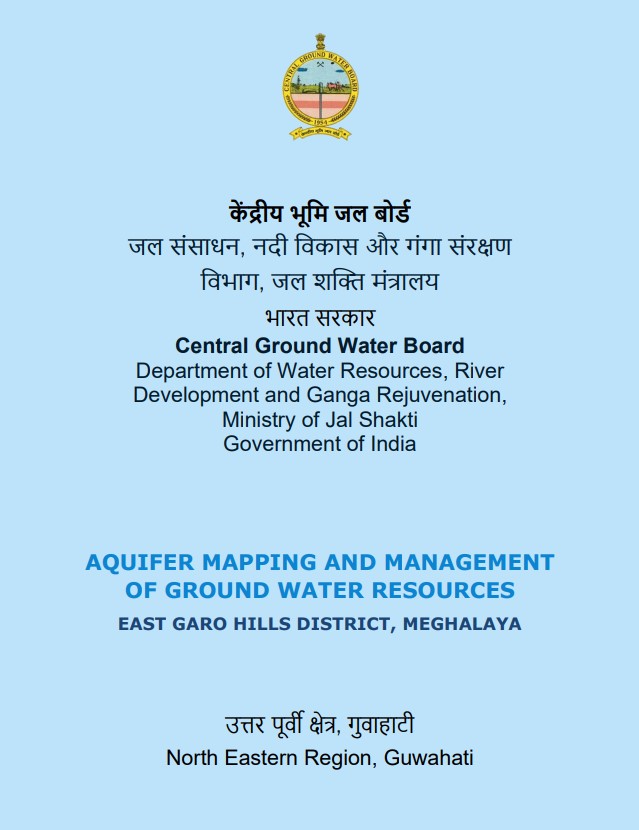AQUIFER MAPPING AND MANAGEMENT PLAN OF EAST GARO HILLS DISTRICT, MEGHALAYA
| Category |
Aquifer Mapping |
| State |
Meghalaya
|
| District |
East Garo Hills |
| Block |
Dambo Rongjeng Samanda Songsak |
| Year of Issue |
2020 |
| Number of Authors |
1 |
| Name of Authors |
Ms. Anenuo Pienyu |
| Keywords |
NAQUIM report, Aquifer Mapping, Aquifer geometry, Aquifer characteristics, Data Gap Analysis, ground water issues, ground water management plan, Panel Diagram, Irrigation, East Garo District, Meghalaya |
| File |
Download |
Aquifer Mapping studies and Management Plan has been carried out in East Garo Hills district, Meghalaya under National Aquifer Mapping and Management Plan (NAQUIM) programme with an objective to know the different aquifer system prevailing in the study area, to decipher the vertical and lateral extend of the aquifer down to the depth of 200 m, its characteristic, quantity as well as quality so as to bring a complete sustainable and effective aquifer management plan for ground water resources development in the study area. These studies have been done through multi-disciplinary approach so as to achieve the said objectives. The total mappable area of the district under aquifer mapping and management plan is 661.17 sq. km of the district, falling under Survey of India Toposheet No. 78K/5, 78K/6, 78K/7, 78K/9, 78K/10, 78K/11, 78K/13,78K/14 lying between North latitudes 25 25' to 25 50' and East longitudes 90 15 to 9100' , forms the central part of the Shillong Plateau and falls in East Garo Hills district of Meghalaya state. Apart from Williamnagar, which is the district headquarters, Songsak, Samanda and Rongjeng are some of the important localities of the area. Major part of the area identified for aquifer mapping is under forest cover. The study area is underlain broadly by consolidated rocks, semi consolidated and unconsolidated rocks. Consolidated group of rocks comprises Archaean Gneissic Complex, acid / basic intrusive. Semi-consolidated formation includes sandstone, and shale inter bedded with the coal seams. The area is sparsely populated and has negligible ground water development except some dug wells with deepest water level being less than 5.7 m bgl. Perusal of the data shows that during the last one decade there is no change in ground water development
